Angkor Wat
Angkor Wat, located in Southeast Asia, is a place of great historical importance, covering about 400 square kilometers and surrounded by thick forests. Within the Angkor Archaeological Park, you can explore the fascinating ruins of different cities that were part of the Khmer Empire, which thrived from the 9th to the 15th century. One of the most famous structures here is the Angkor Wat Temple, found in the area called Angkor Thom. Another notable site is the Bayon Temple, known for its beautiful sculptures and intricate designs.
Table of Contents
Where is the location of Angkor Wat?
Angkor Wat is a famous temple located in the northern part of Siem Reap, Cambodia. It’s part of the Angkor Archaeological Park, which is a large area filled with various temples and historical sites from the time of the Khmer Empire. Angkor Wat is especially well-known for its beautiful buildings and detailed stone carvings. Siem Reap, the closest city, serves as the main entrance for visitors exploring the Angkor complex.
Inscription
In 1992, Angkor Archaeological Park and Angkor Wat were officially recognized as UNESCO World Heritage Sites. This recognition highlights their incredible importance to the world and stresses the need to protect and preserve these sites for future generations. UNESCO’s efforts to conserve this area show just how significant it is historically and culturally.
What is the meaning of Angkor Wat?
Angkor Wat translates to “City of Temples” in the Khmer language. It’s a huge temple complex located in Cambodia, initially created as a Hindu temple for the god Vishnu. As time went on, it shifted to a Buddhist temple, showcasing the rich spiritual and artistic history of the area. People admire Angkor Wat for its beautiful architecture and detailed carvings, making it one of the most important historical sites in Southeast Asia.
What is the Angkor Wat?
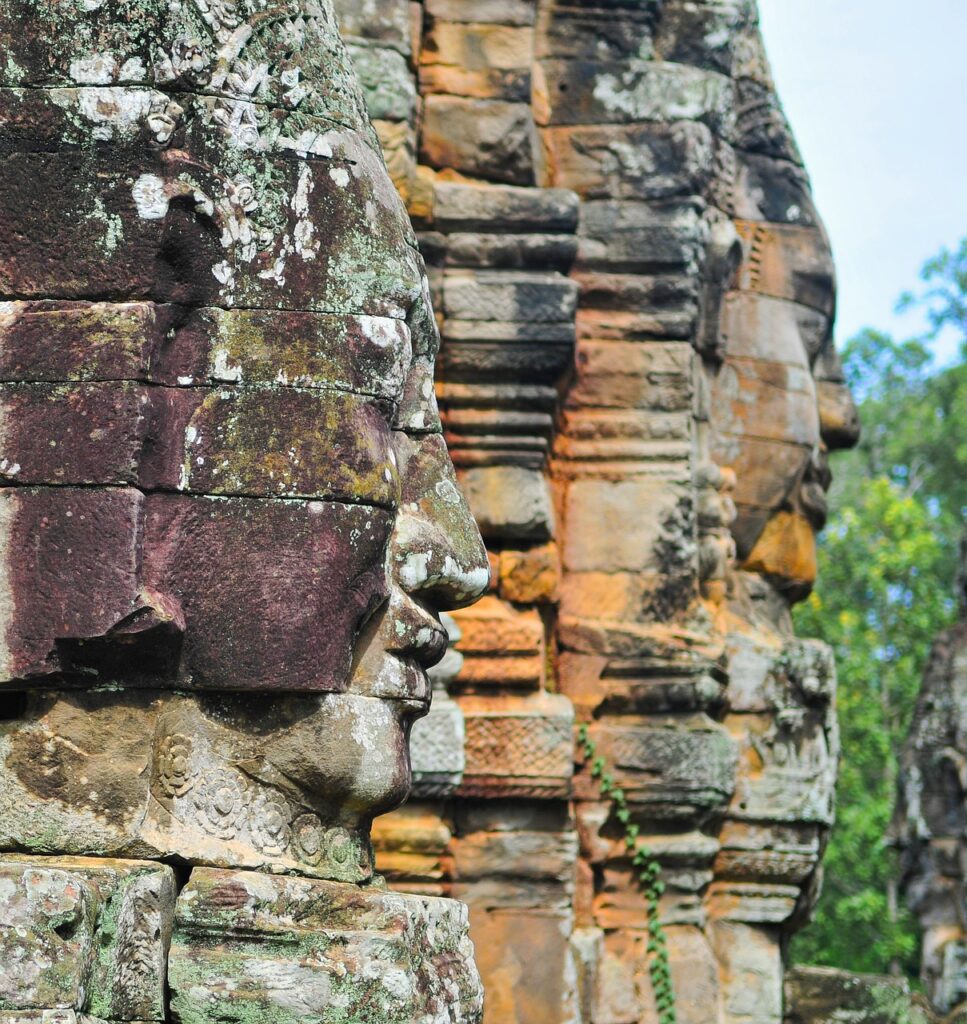
Angkor Wat is one of the most crucial archaeological sites in Southeast Asia. It spans around 400 square kilometers and includes many temples, water systems, and roads. For centuries, Angkor was the hub of the Khmer Empire, playing a vital role in its culture and history. The site features incredible monuments, unique ancient city designs, and large water reservoirs that highlight a remarkable civilization. Temples like Angkor Wat, the Bayon, Preah Khan, and Ta Prohm are outstanding examples of Khmer architecture. These structures are closely tied to the natural landscape around them and hold great cultural and spiritual significance.
What is the history of Angkor Wat?
Angkor Wat is one of the most popular and largest religious sites in the world, located in Cambodia. It was built in the early 12th century for King Suryavarman II and was originally a temple dedicated to the Hindu god Vishnu. Construction started around 1113 and was finished in the middle of the century. The temple is known for its stunning design and impressive architecture, which reflects the artistic talent of the Khmer Empire.
Angkor Wat was primarily built as a Hindu temple but eventually became a Buddhist site, which it still is today. This magnificent temple complex is famous for its beautiful architecture, which includes a series of tall towers that represent Mount Meru, the home of the gods in Hindu beliefs. Visitors can see elaborate carvings and sculptures that illustrate various Hindu legends, including the well-known story of the Churning of the Ocean of Milk.
At the height of the Khmer Empire, Angkor Wat was part of a large city filled with many temples and structures, showcasing the empire’s strength and deep religious beliefs. However, after the Khmer Empire began to decline in the 15th century, the region fell into neglect and was eventually abandoned. The jungle took over much of the area, and for centuries, Angkor Wat remained hidden until Western explorers rediscovered it in the mid-1800s.
Since its construction, Angkor Wat has come to represent Cambodia and its rich culture. Today, Angkor Wat stands as a UNESCO World Heritage Site and it is a famous destination for tourists from all over the globe who want to experience its historical importance and breathtaking beauty. There have been ongoing efforts to take care of and restore the temple complex, ensuring that it remains conserved for future generations to enjoy.
Architecture of Angkor Wat
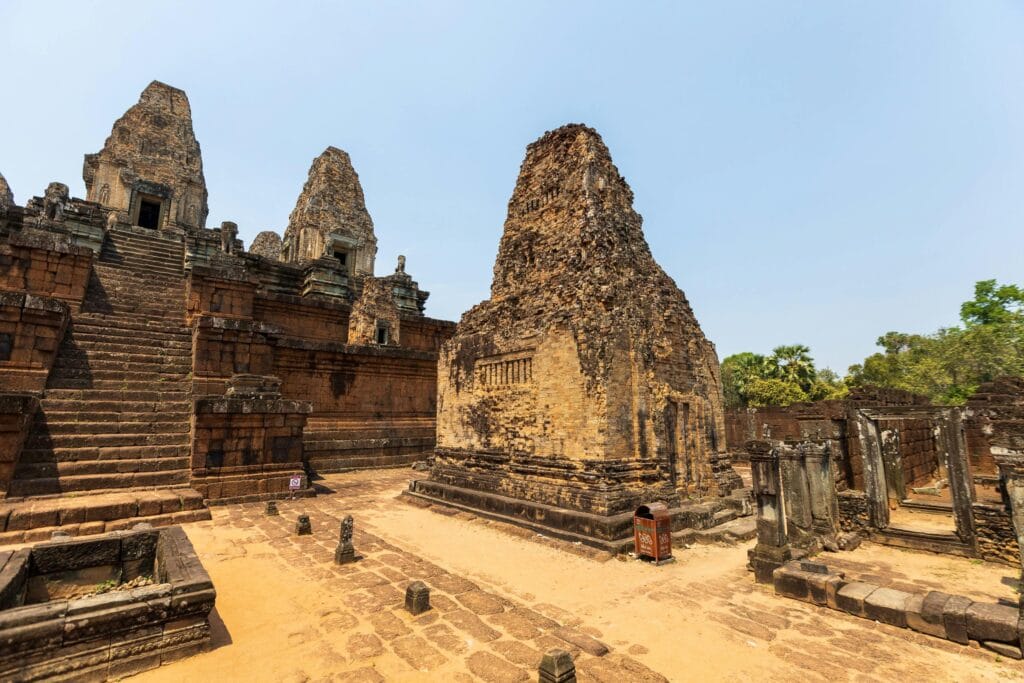
The way the Khmer Empire built its capitals shows that they had a well-structured society with clear levels of leadership. Angkor, in particular, is an important place that holds deep cultural and religious meanings. It is also known for its incredible architecture and art, making it a significant historical site. The Angkor complex is home to many important buildings and water systems from the Khmer Empire. Many of the large reservoirs, known as “barays,” and canals from that time are still visible today.
The way these features have been preserved shows just how impressive and vibrant the cities once were. The Indian subcontinent(Southern Asia) had a significant impact on Khmer architecture, but over time, it began to develop its own unique style. Some aspects of this architecture were created independently, while others were inspired by nearby cultures. This unique blend of influences creates an intriguing narrative of architectural evolution.
Artistic
The Angkor complex is a remarkable collection of temples that showcases the incredible artistry of the Khmer civilization from the 9th to the 14th century. Some of the most famous areas include Angkor Wat, the Bayon temple, and Banteay Srei. During its peak, Khmer art not only thrived in Angkor but also significantly influenced many countries in Southeast Asia, helping to shape their unique artistic styles. These styles, characterized by intricate carvings and grand architectural designs, brought about a new and refreshing approach to art and architecture in the region.
Culture
The Khmer Empire, which blossomed between the 9th and 14th centuries, played a major role in shaping the history and culture of Southeast Asia. Its influence can be seen in the stunning temples and religious structures made from brick and stone that are still visible today. The area where these buildings are located is still home to people today, with many villages present that can trace their roots back to the time of the Angkor Empire. Most of the local population is involved in farming, with a particular focus on growing rice.
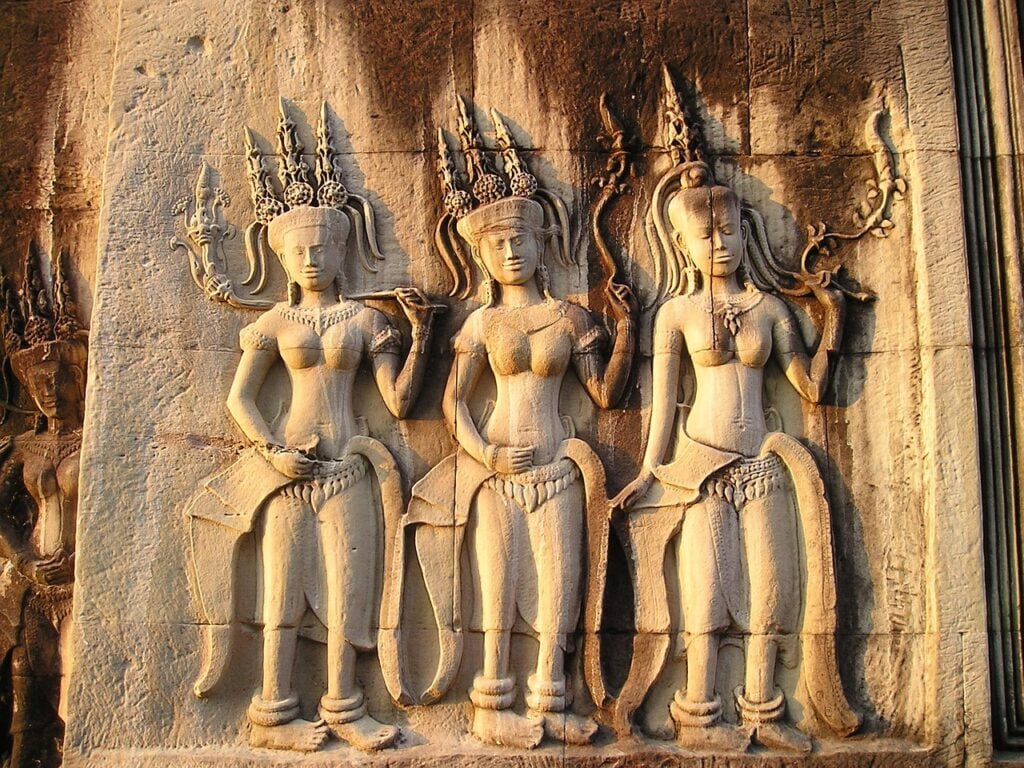
This cultural heritage is also reflected in local traditions like weaving textiles and baskets, as well as making palm sugar. These activities help produce goods that are sold in local markets and to visitors. This, in turn, supports the community’s growth and provides jobs for the people living near the World Heritage site. It’s important to respect and support these traditions as they play a crucial role in preserving the cultural heritage of Angkor.
Archaeological Park of Angkor Wat
The Archaeological Park of Angkor Wat is home to many plants that people use to make traditional medicines for treating various illnesses. Once these plants are prepared, they are brought to different temple sites where locals seek blessings for their healing properties. Preah Khan temple is especially known for its rich history of medical knowledge, while Neak Poan served as an ancient place for healing.
What is the Angkor Wat famous for?
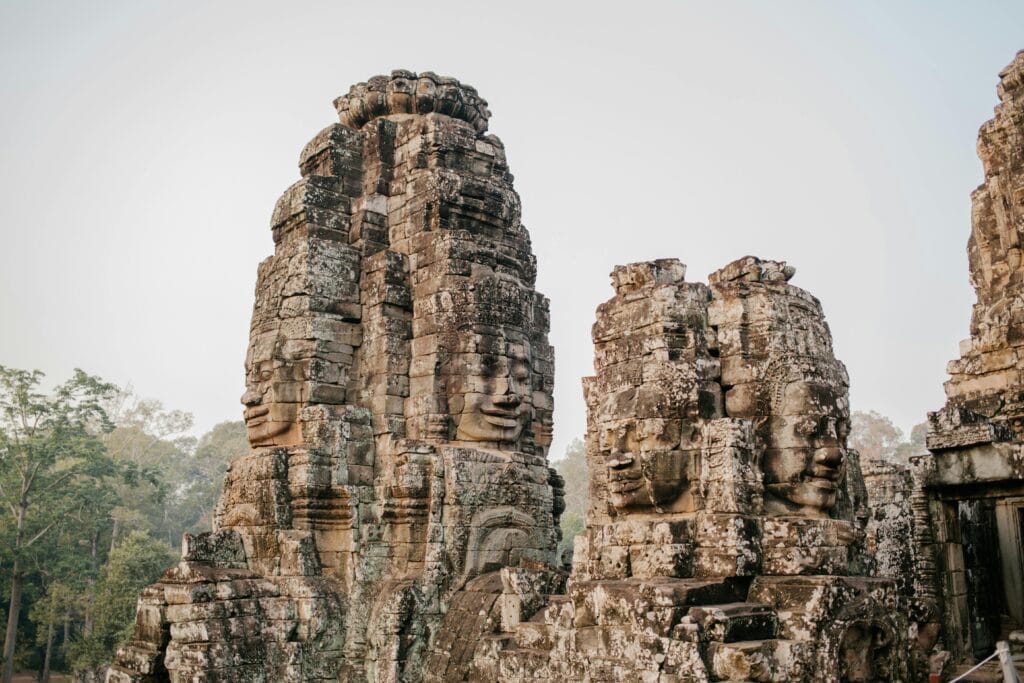
Angkor Wat is renowned for its breathtaking architecture and intricate stone carvings, making it the largest religious monument in the world. Visitors are captivated by its impressive size, the towering structures that symbolize Mount Meru, and the detailed carvings that depict various Hindu myths. This magnificent temple complex stands as a significant symbol of the Khmer Empire’s rich history and culture, drawing millions of tourists from all over the globe each year.
Preservation of Angkor Wat
Preservation of Angkor Wat is really important to protect its structure and the cultural history it represents. This beautiful temple in Cambodia is a key part of the Khmer civilization’s rich past and artistry. It’s essential for the Cambodian government, along with international groups and conservationists, to work together so that Angkor Wat remains a treasured site for people in the future.
Why should you visit Angkor Wat as a visitor?
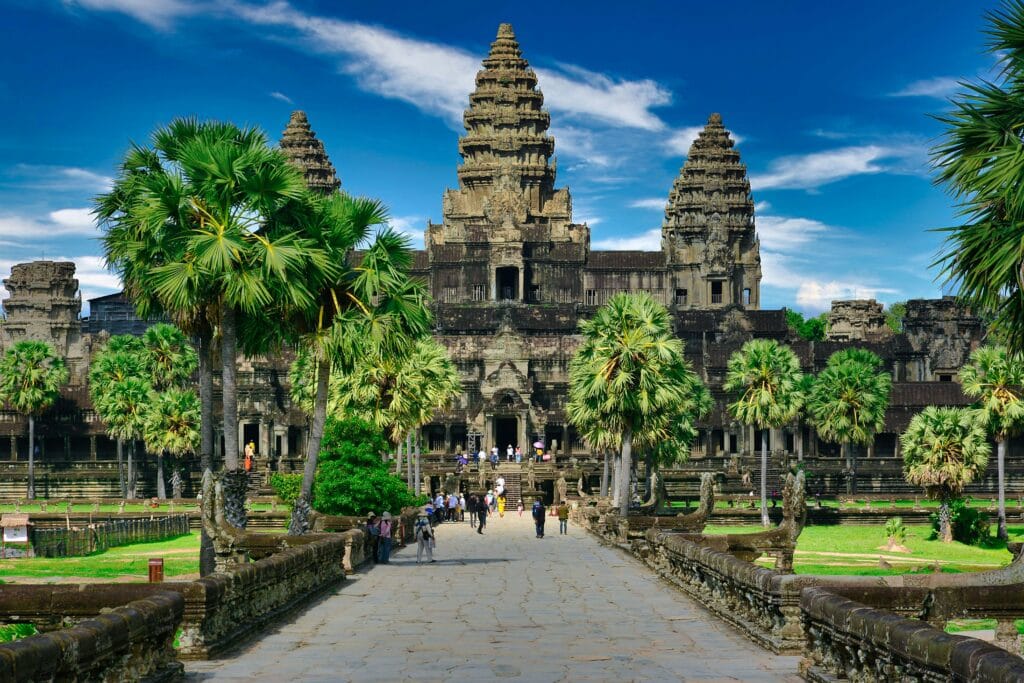
Angkor Wat is an impressive temple complex known for its beautiful architecture and intricate carvings. It is one of the biggest religious sites in the world and is very important to history and culture. Visiting Angkor Wat offers a glimpse into the rich traditions of the Khmer Empire, showcasing its art and spiritual beliefs. The surroundings are also stunning, with lush jungles and peaceful waters, making it a truly remarkable place to explore.
Watching the sunrise and sunset over the temples is truly a magical experience and perfect for taking beautiful photos. Many people find that this setting gives them a moment to think and feel connected to history. The calm atmosphere helps visitors appreciate the spiritual importance of the site. While you explore, you’ll also come across a variety of plants and animals, making it a wonderful spot for anyone who loves nature.
Visiting Angkor Wat helps local communities and supports efforts to protect and teach people about the importance of this incredible site. This way, we can make sure it stays safe and beautiful for future generations. Each visit can lead to new adventures, like discovering hidden temples, learning from friendly local guides, and participating in cultural activities. Overall, going to Angkor Wat is not just about looking at old buildings; it’s a wonderful way to connect with history, culture, and nature.
So, are you get ready to explore the amazing history and lively culture of Angkor Wat?
If you get ready to dive into the fascinating history and vibrant culture of Angkor Wat! This is an amazing journey you don’t want to miss. When you’re planning your adventure, enhance your travel experience by using trusted websites like GetYourGuide, Trip.com, Agoda, Expedia and Hotels.com! These platforms offer a variety of enjoyable tours, activities, and accommodation options to suit every traveler’s needs.
- GetYourGuide offers a wide variety of unforgettable travel experiences. You can choose from tickets to Popular Attractions, Transportation Options, City Passes, Guided Tours, Hop-on Hop-off Bus Services, Water Activities, Day trips, and Trips that last several days in many locations around the world.
- Trip.com makes it easy to combine Flights and Hotels, Trains, Car Rentals, Airport Transfers and Attractions & Tours to create the perfect travel package tailored just for you.
- Agoda offers a wide range of accommodations and travel options to suit your needs. With user-friendly search features, you can easily find the perfect Hotel, Apartment, or Villa, Flights, Activities and Airport Transfer at competitive prices.
- Expedia to find the perfect travel deals and begin planning your next adventure with ease. Your unforgettable trip is just a click away!
- Hotels.com today to explore incredible deals and find the perfect housing for your dream trip! Your adventure starts here!
Start your journey with our reliable travel partners and unlock the best of Angkor Wat and beyond!
Disclaimer
In this post, affiliate links are included and those links are associated with well-known travel companies such as GetYourGuide, Trip.com, Agoda, Expedia and Hotels.com. If you choose to purchase or book a service using those links, we may earn a commission at no additional cost to you. We focus on recommending products and services that are helpful to you and we appreciate your support!
Conclusion
We hope you find this information helpful for your next trip. If you want to learn more, check out our other travel blog posts. We cover many topics, including amazing places to visit and helpful travel tips. Whether you’re looking for hidden gems, new cultures, or helpful advice, there’s something for everyone.
Additionally, if you enjoyed the information we shared, don’t forget to explore our other travel product reviews to make your journey even better! Please take a moment to look through our previous posts and let your sense of adventure guide you on your next journey! We wish you happy travels and look forward to sharing more with you in our next blog post!




